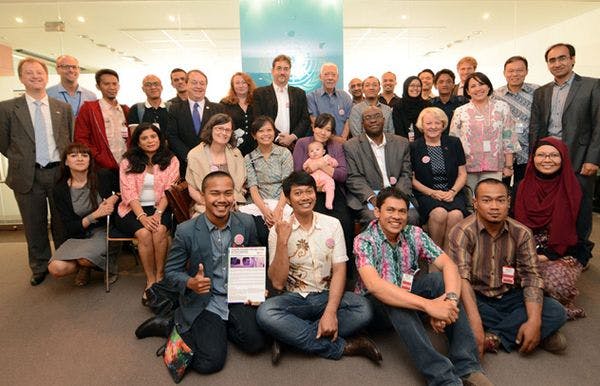Leadership and focus on key affected populations frame Indonesia’s response to HIV
A delegation of the UNAIDS Programme Coordinating Board (PCB) conducted a field visit to Indonesia from 22 to 24 October to see how the country has implemented an integrated and decentralized response to AIDS that has accelerated the strategic use of HIV treatment, increased testing and counselling and strengthened HIV prevention services for key populations.
Indonesia demonstrates how a multisectoral approach to HIV, combined with consistent leadership at all levels, is helping the country to stabilize the epidemic, accelerate treatment and provide innovative and comprehensive HIV services. The country’s AIDS response is guided by an investment strategy, developed with support from UNAIDS, which focuses resources and efforts where they are most needed.
According to national estimates, 638 000 people are living with HIV across Indonesia, and latest national data show that new infections are stabilizing, although there are increases among men who have sex with men. Indonesia’s epidemic is largely concentrated among key populations, including sex workers and their clients, men who have sex with men, people who inject drugs and transgender people. While national HIV prevalence is low, a higher burden of HIV is found among key populations and in certain geographic areas, such as urban settings and in the Papua provinces.
Click here to read the full article.
Keep up-to-date with drug policy developments by subscribing to the IDPC Monthly Alert.
Topics
Regions
Related Profiles
- Joint United Nations Programme on HIV and AIDS (UNAIDS)
